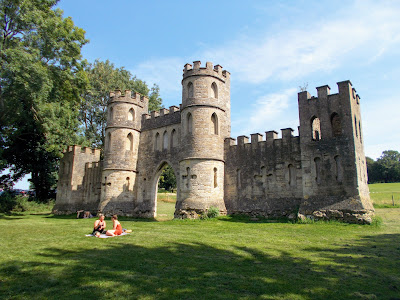There are mooring and breasting dolphins and I think there are both types at Combwich.
The dolphins at Combwich Pill were constructed in the late 1950s or 1960s when Hinkley Point A or B Nuclear Power Stations were being built.
The inner dolphins and finger jetty were due to be removed in 2019, as part of the redevelopment of Combwich Wharf to accommodate ships carrying materials for Hinkley C Nuclear Power Station. They are to be replaced by two new breasting dolphins.
Breasting dolphins help in the mooring of vessels by sharing some of the berthing load. They also prevent vessels from hitting quays and can also be used as mooring points to restrict the longitudinal movement of berthing vessels.
Vessels are secured to mooring dolphins using ropes. Mooring dolphins also control the transverse movement of berthing vessels.
The dolphins at Combwich Pill were constructed in the late 1950s or 1960s when Hinkley Point A or B Nuclear Power Stations were being built.
The inner dolphins and finger jetty were due to be removed in 2019, as part of the redevelopment of Combwich Wharf to accommodate ships carrying materials for Hinkley C Nuclear Power Station. They are to be replaced by two new breasting dolphins.
Dolphins at the entrance to Combwich Wharf
Combwich Pill dolphins at low tide
Entrance to Combwich Pill at low tide









